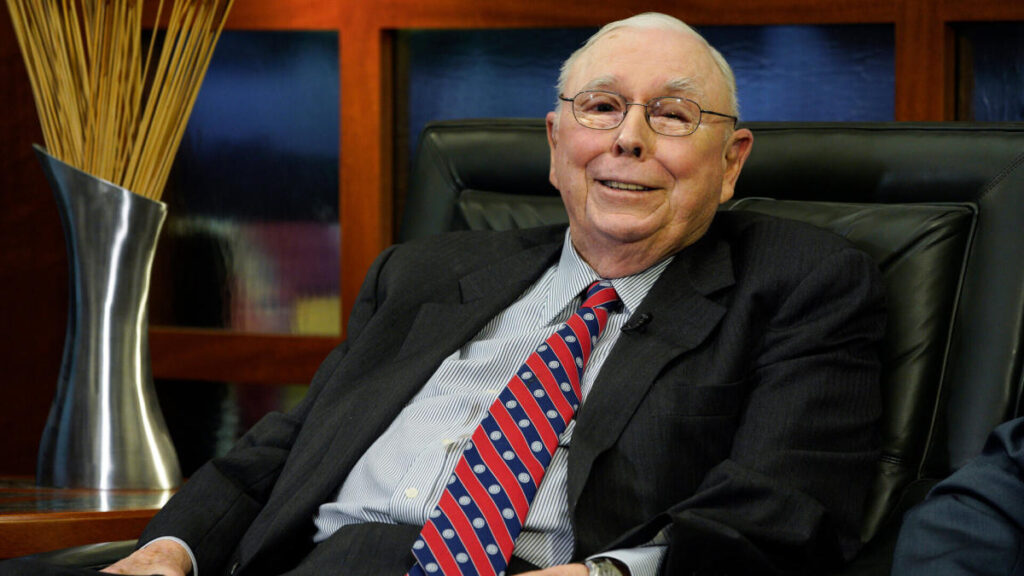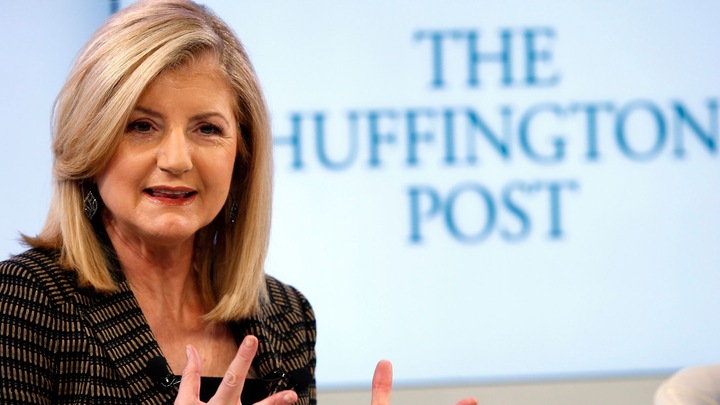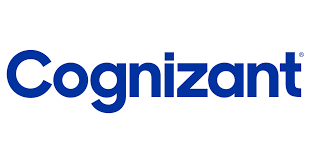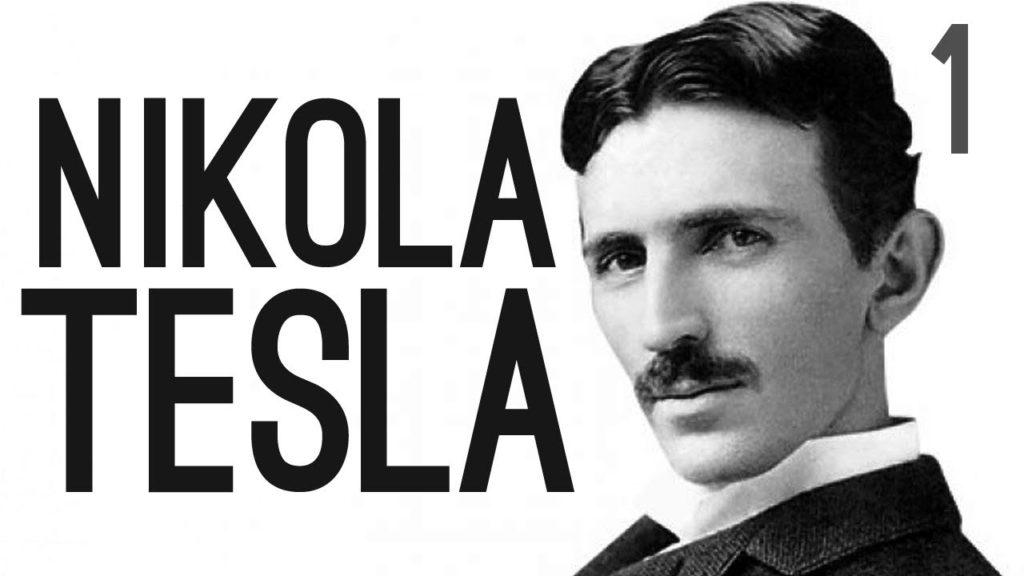Flexport Founder Ryan Peterson to Return as CEO Following Dave Clark’s Resignation
In a surprising turn of events, Dave Clark, the Chief Executive Officer of Flexport Inc., is stepping down from his role, making way for the return of the company’s founder, Ryan Petersen.
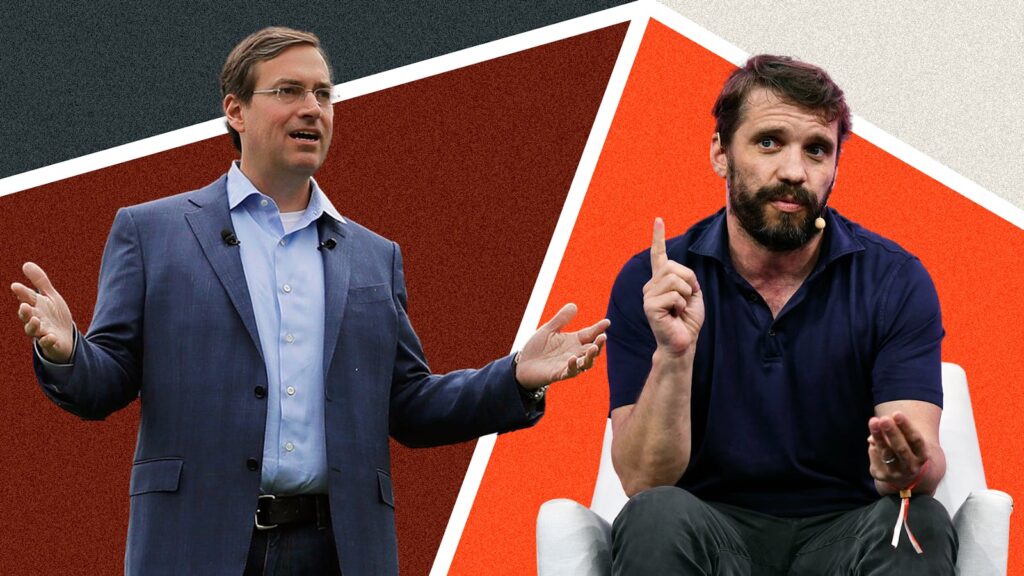
Clark, who joined Flexport from Amazon.com Inc. just a year ago, cited Petersen’s desire to focus on the core freight business as the reason for his departure.
The announcement came as a shock to many in the tech industry, as Clark had recently posted about his upcoming speaking engagement at a Flexport “exclusive launch event” in Seattle, scheduled for next week. Additionally, Flexport made headlines in May by agreeing to acquire Shopify Inc.’s logistics unit in exchange for a 13% stake in the startup.
Clark’s transition from Amazon to Flexport proved to be challenging, with insiders noting the stark differences between the two companies’ business models. Amazon primarily relies on its website and minimizes direct customer interaction, while Flexport requires a more hands-on approach and personalized engagement with clients. Clark’s resignation followed criticism of his leadership style at Flexport, according to sources familiar with the situation.
Adding intrigue to Clark’s departure, there were reports that he is considering a gubernatorial campaign in Texas. Clark had moved to Texas with his family before leaving Amazon, and he had sparked speculation among colleagues in Seattle about a potential political career.
Flexport, a high-profile startup in the logistics industry, has raised over $2 billion in funding and achieved a valuation of $8 billion. Earlier this year, the company announced a 20% reduction in its workforce, which had approximately 3,000 employees on LinkedIn. Clark and Petersen attributed this move to a decline in shipping volumes after the pandemic-induced surge.
The logistics industry, once buoyed by the pandemic, is now facing challenges in 2023 as shipping capacity exceeds consumer demand, leading to plummeting cargo rates. Oxford Economics even raised concerns about the possibility of a global goods trade recession.
Also Read: TikTok Hires UK Security Firm to Audit European Data Protection
Flexport’s founder, Ryan Petersen, who temporarily stepped away from the company to join the Peter Thiel-backed venture capital firm Founders Fund as a partner, expressed his return with excitement, posting on social media, “I’m back!!!”
Flexport’s significant presence in the industry, combined with the return of its founder as CEO, will undoubtedly be closely watched as the company navigates the evolving landscape of the logistics sector in the post-pandemic era.

I am a law graduate from NLU Lucknow. I have a flair for creative writing and hence in my free time work as a freelance content writer.
